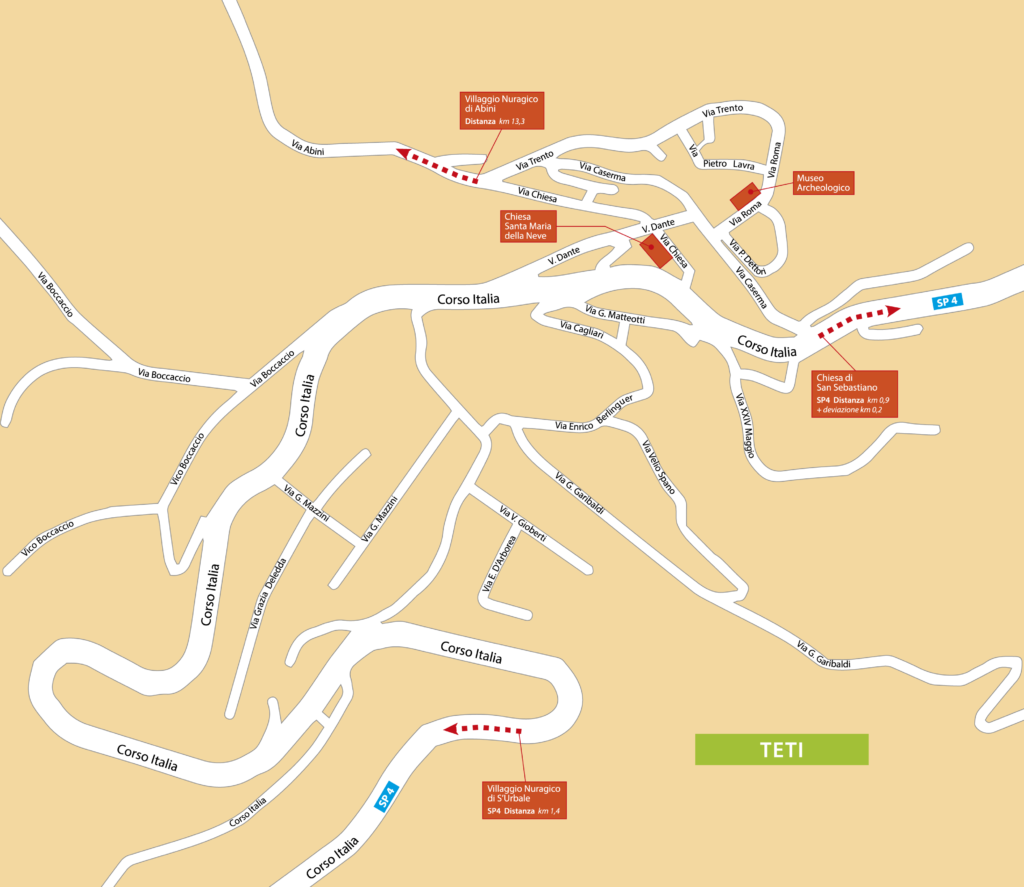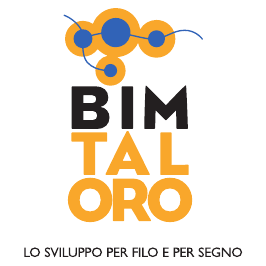Archaeological Museum
Teti’s Archaeological Museum (Museo Archeologico Comprensoriale), which has been housed in a building near the Church of Santa Maria della Neve in the old part of Teti since 1990, is a treasure trove of archaeological finds from the area of Teti and the villages of Mountain Community XII. It sheds light on this corner of Sardinia, which is extremely rich in history and culture despite being so far from any major city. As a matter of fact, the museum houses a collection of artefacts dating back to the Bronze Age that all display the same features, identifying them as belonging to the same cultural background. This proves that there was a sense of community and shared identity between the people who inhabited the innermost part of Sardinia in prehistoric times.
The museum is renowned for the 1:1 replica of one of the huts in S’Urbale, a nuragic village located nearby and comprising about 50 huts built between the Early Middle Bronze Age and the Early Iron Age. Here, archaeologists found many objects, including pottery and stone utensils. The hut, which was reconstructed using local materials and clay from the archaeological site, is round with a hearth at the centre and features a room – bordered with stone slabs vertically laid in the ground – used for storage. Inside there is a wide array of pots used for different purposes.
The museum also houses originals and replicas of weapons (small daggers and votive swords), jewels (rings, bracelets, pins), votive offerings and bronze figurines: many religious objects – votive boats, zoomorphic and anthropomorphic figures, and a very peculiar bronze figure with four eyes, four arms and a double shield (which could be either a demon or a warrior) – were uncovered in the village-sanctuary of Abini, a site of religious interest in the vicinity of Teti. Abini comprises 26 huts built around an area that was used to hold meetings and a holy well for the worship of the waters. Other replicas on display – most of the originals are currently housed in the National Archaeological Museum of Cagliari – include a wide array of bronze figures depicting archers, warriors, worshippers and donors.
The museum also houses the findings unearthed in the plateau of Atzadalai (including a female statuette dating from the late Neolithic period), some artefacts coming from a Roman rural settlement discovered in Ortueri, in the Erriu district (bricks, loom weights, terracotta firedogs, grinders and sherds of pots used to store food), as well as some remains uncovered in the archaeological sites near the Mandrolisai area, including the sites in Tonara (villages of Su Nuratze and Interrios), Meana Sardo (Nolza nuraghe) and Sorgono (Talei nuraghe). In the countryside surrounding Sorgono, archaeological excavations brought to light a large assortment of pottery dating from the Ozieri culture (or San Michele culture), different objects from the Aeneolithic Monte Claro culture in Bidu ‘e Concas, as well as stone artefacts and pottery dating from the late Early Bronze Age in the Talei nuraghe.
The lower floor of the museum, which also includes a restoration workshop, houses the Hall dedicated to the anti-fascist partisan Ines Berlinguer (1899-1996), where meetings, conferences, events and painting exhibitions are held on a regular basis.
Text by Cecilia Mariani

planimetria_Teti_02_es-01
 BIM TALORO
BIM TALORO